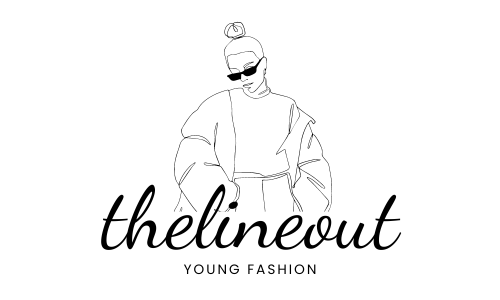Designer Brands vs Indie Brands: The Youth Perspective
In today’s fast-paced and ever-evolving fashion industry, the battle between designer brands and indie brands has captivated the attention of young people around the world. While designer brands often dominate the runways and red carpets, indie brands have been making waves with their unique and individualistic approach to fashion. So, what sets these two types of brands apart? Let’s dive into the world of designer brands vs indie brands from a youth perspective.
Designer Brands: The Exclusivity and Status Symbol
When it comes to designer brands, one word instantly comes to mind: luxury. Designer brands are known for their high-quality materials, impeccable craftsmanship, and impeccable attention to detail. Think of iconic brands like Gucci, Louis Vuitton, or Chanel, that have established themselves as powerhouses in the industry. These brands offer a sense of exclusivity and status, which can be highly desirable for young people looking to make a statement.
Why do young people gravitate towards designer brands? Firstly, it’s the allure of wearing something that is perceived as high-class and sophisticated. The meticulous design and premium materials are often seen as a mark of quality and elegance. Furthermore, designer brands consistently push the boundaries of fashion, setting trends that are emulated by the masses. It’s no wonder young people are often drawn to these iconic labels, as they aspire to be part of a fashionable and elite community.
Indie Brands: The Appeal of Individuality and Authenticity
In recent years, the rise of indie brands has been hard to ignore. These small and independent labels offer an alternative to mainstream fashion, embracing individuality and self-expression. Indie brands often prioritize ethical production, sustainability, and the use of local artisans, making them increasingly popular with young people who value environmentally conscious practices and social responsibility.
One key aspect that attracts young people to indie brands is their ability to cater to niche markets and subcultures. These brands strive to meet the unique needs and desires of their target audience, creating a sense of authenticity and personal connection. By straying away from mass-production and embracing personal stories behind their designs, indie brands allow young people to express their individuality through fashion.
The Pros and Cons: Designer Brands vs Indie Brands
To help you navigate the choice between designer brands and indie brands, here’s a quick breakdown:
Designer Brands:
– Pros: High quality, timeless designs, status symbol, trendsetting.
– Cons: Expensive, limited accessibility, may lack uniqueness.
Indie Brands:
– Pros: Individuality, authenticity, niche designs, ethical practices.
– Cons: Limited availability, less established reputation, may lack widespread recognition.
Ultimately, the decision between designer brands and indie brands depends on personal preferences and values. Young people seeking to showcase their individuality and support sustainable practices may gravitate towards indie brands. On the other hand, those who appreciate timeless elegance and desire to be part of an exclusive community may find designer brands more appealing.
In conclusion, both designer brands and indie brands have their merits and unique offerings. Whether you choose the opulence of a designer brand or the authenticity of an indie brand, the most important thing is to stay true to your personal style and values. Fashion is a form of self-expression, and it’s up to each young individual to decide which type of brand aligns with their own perspective and aspirations.
